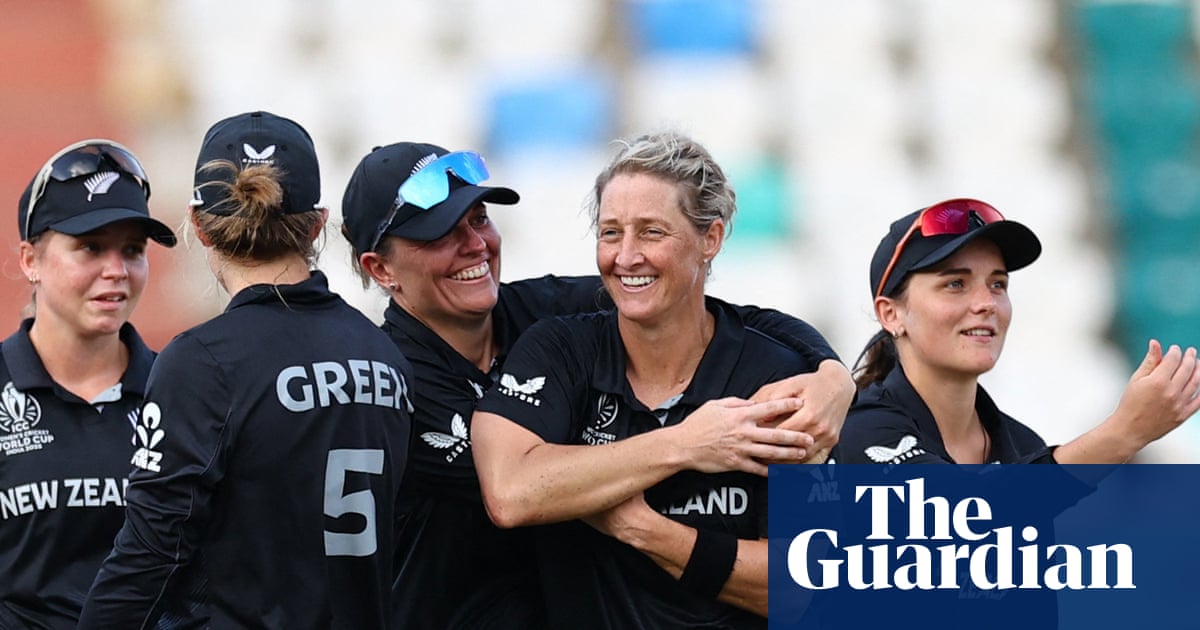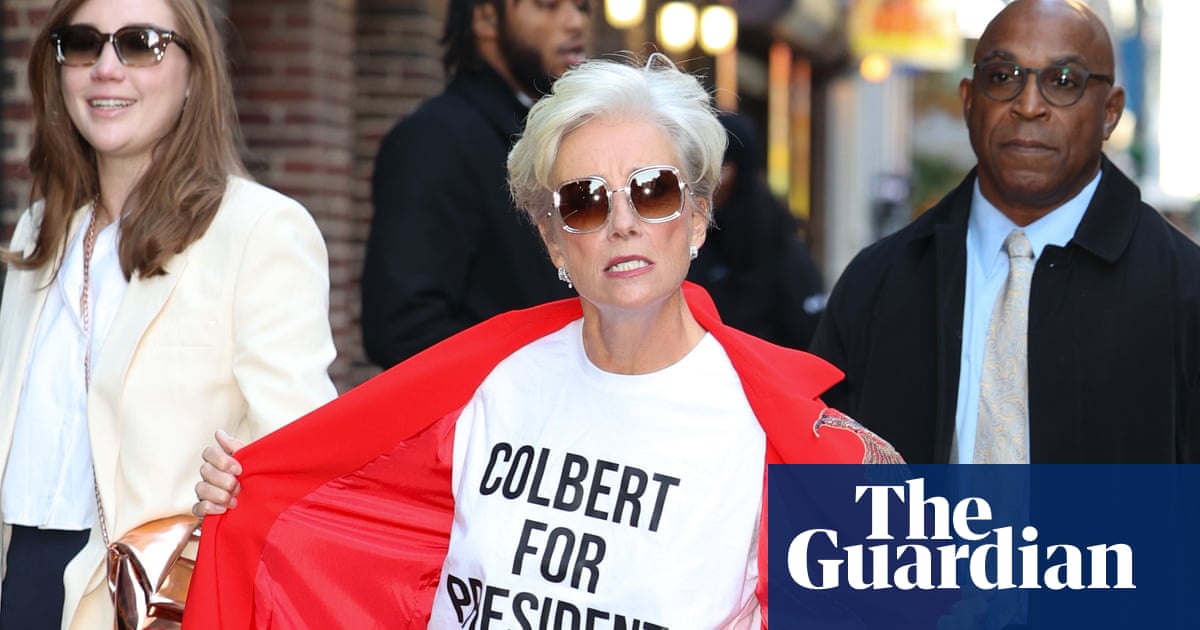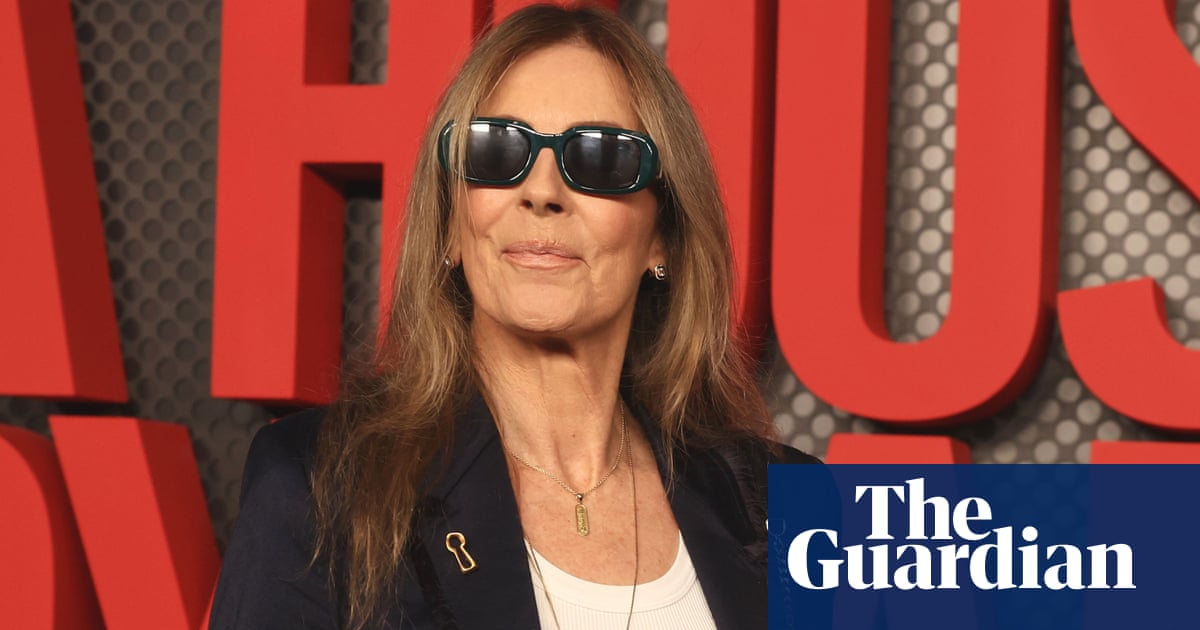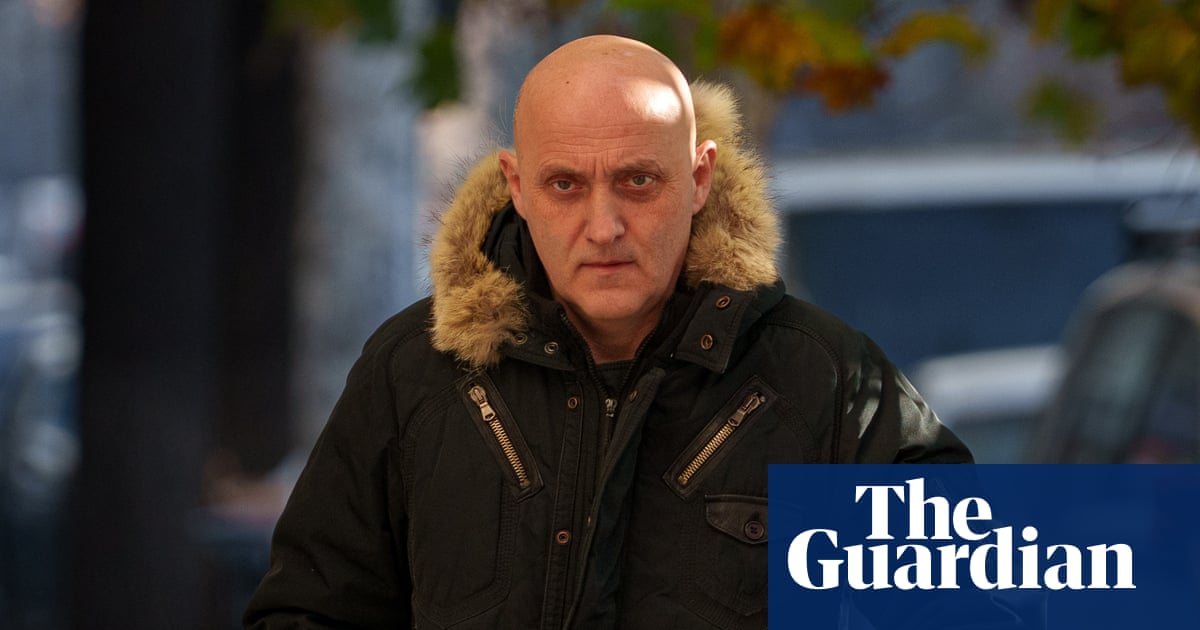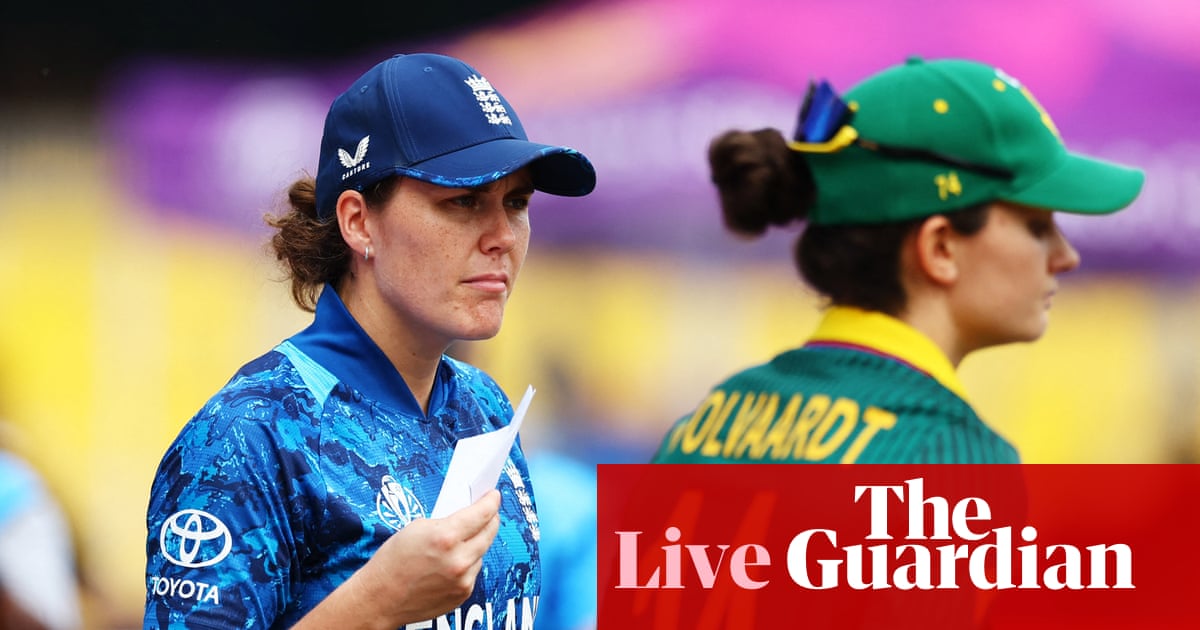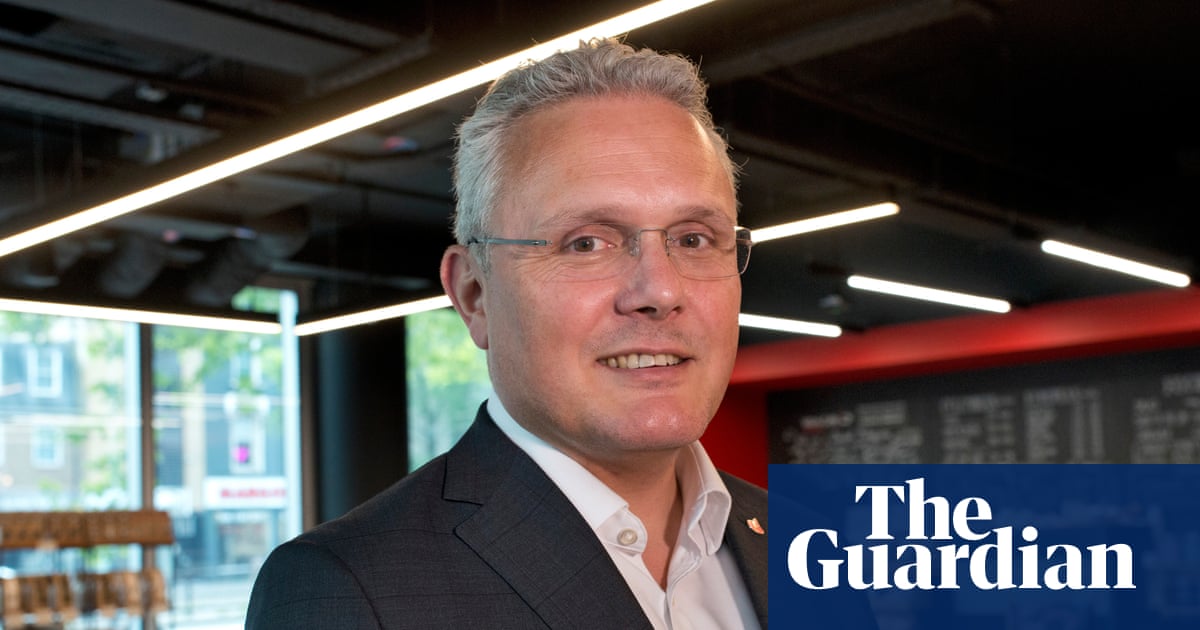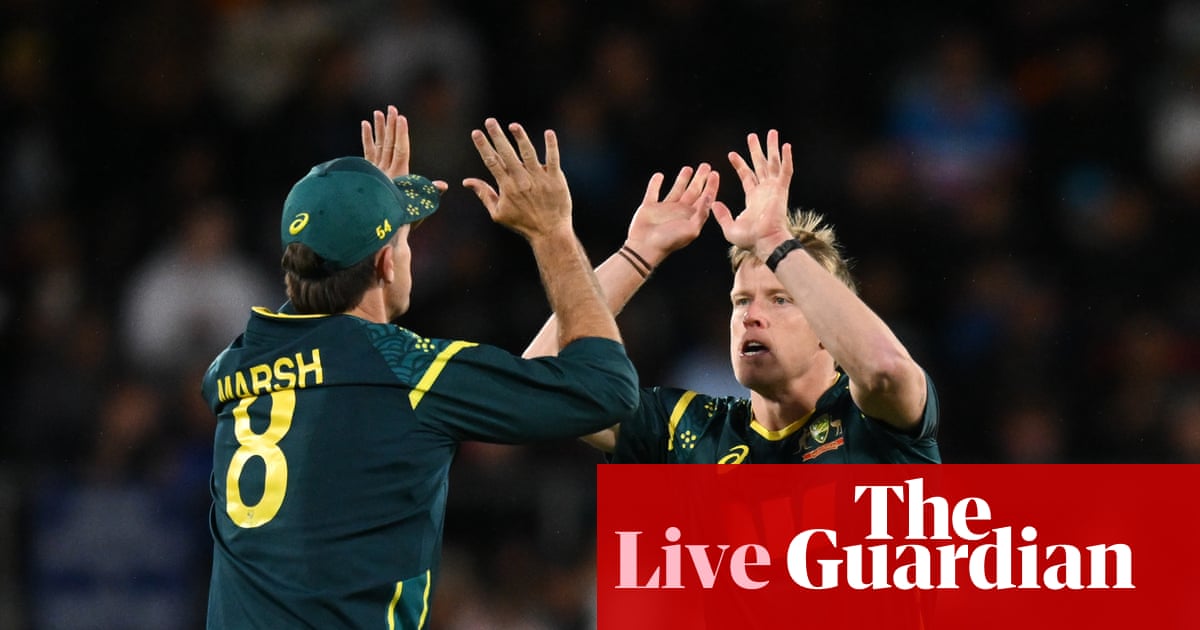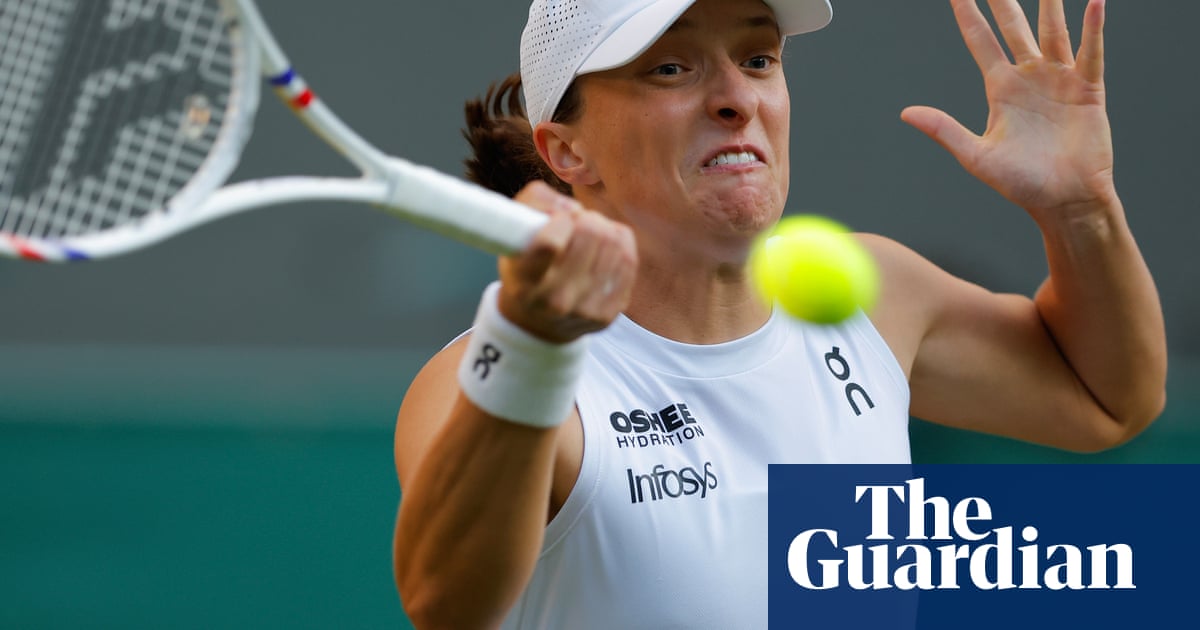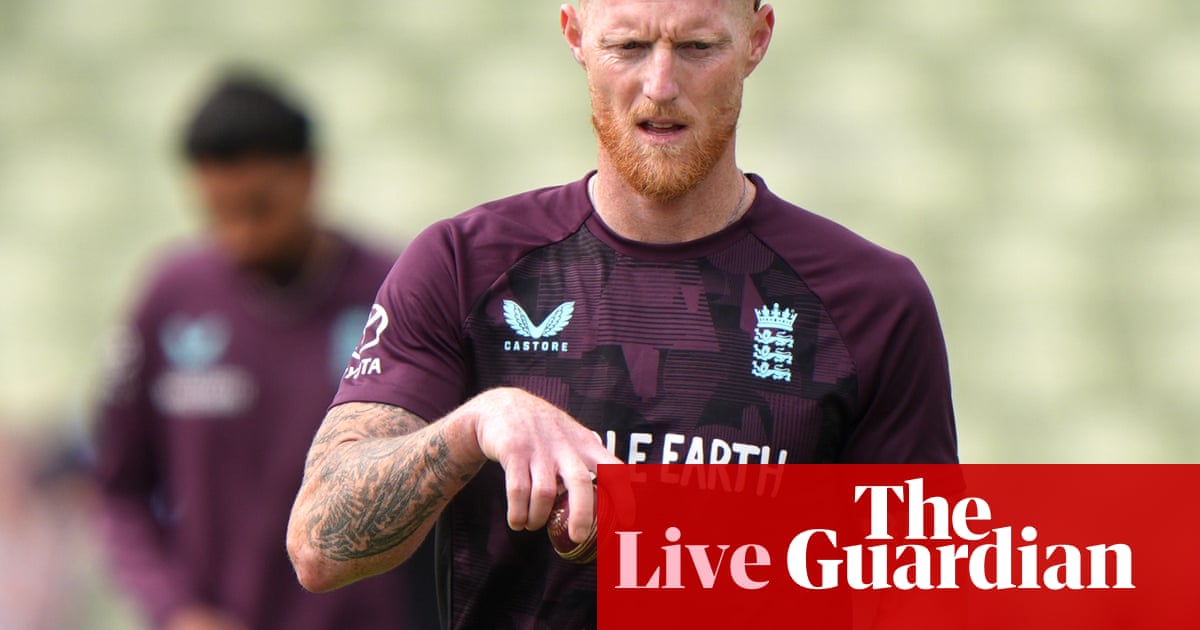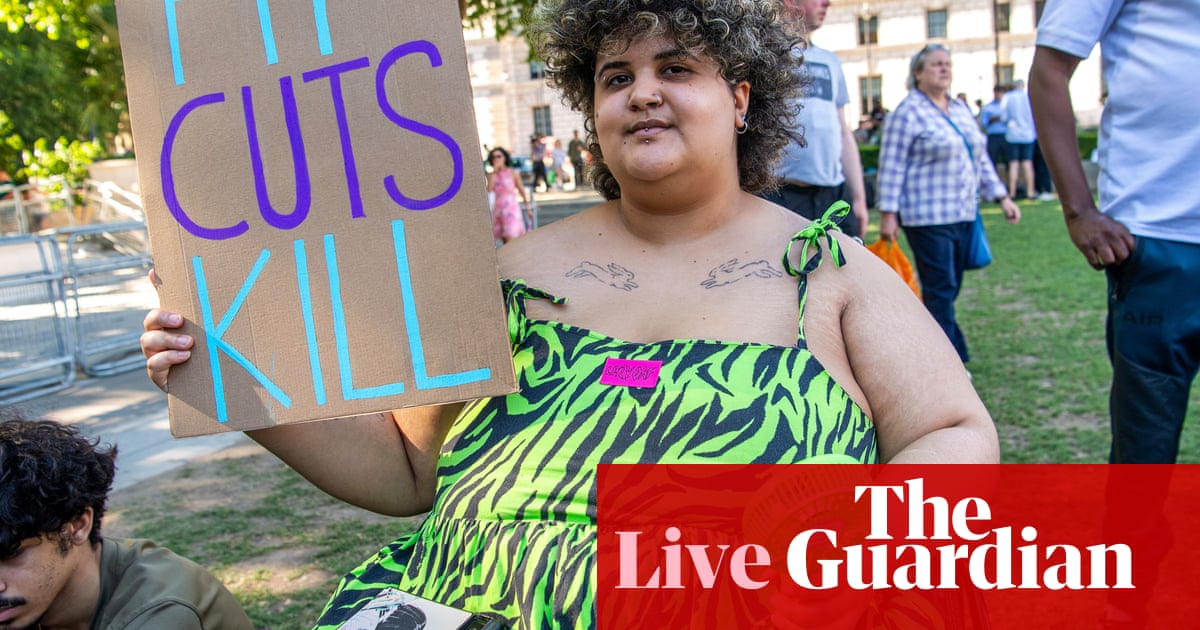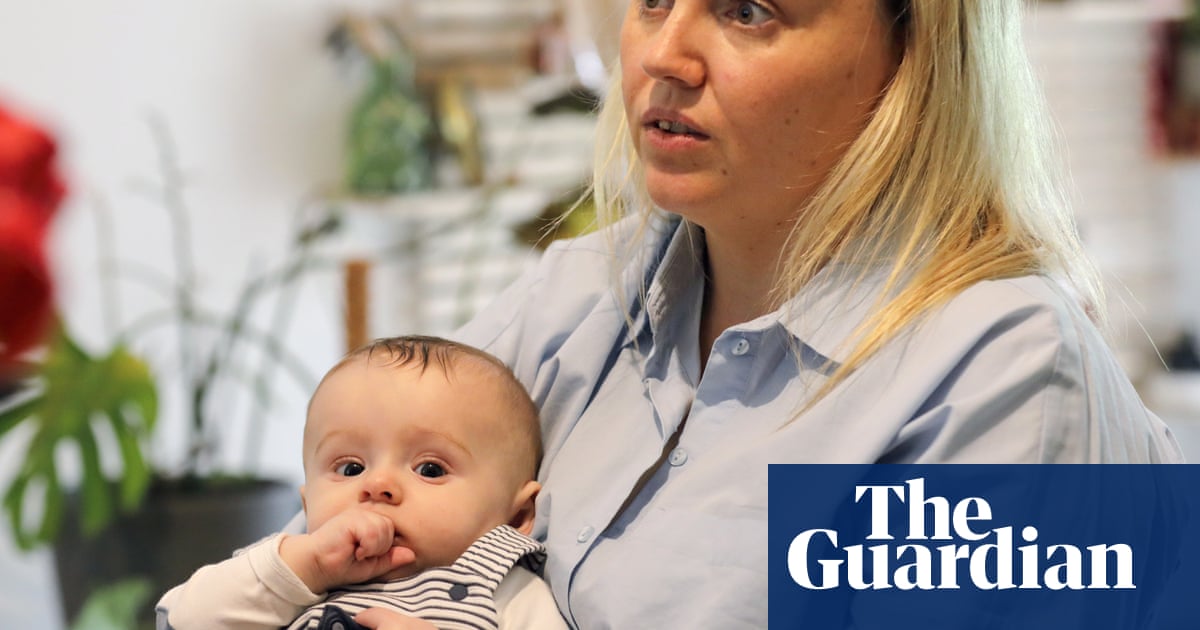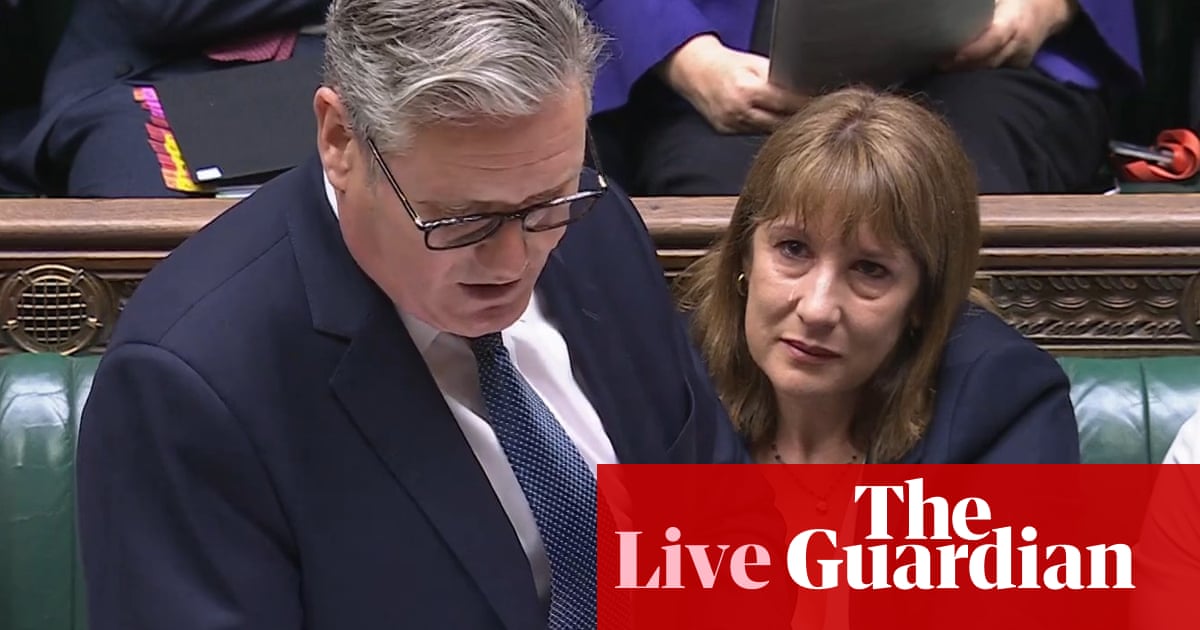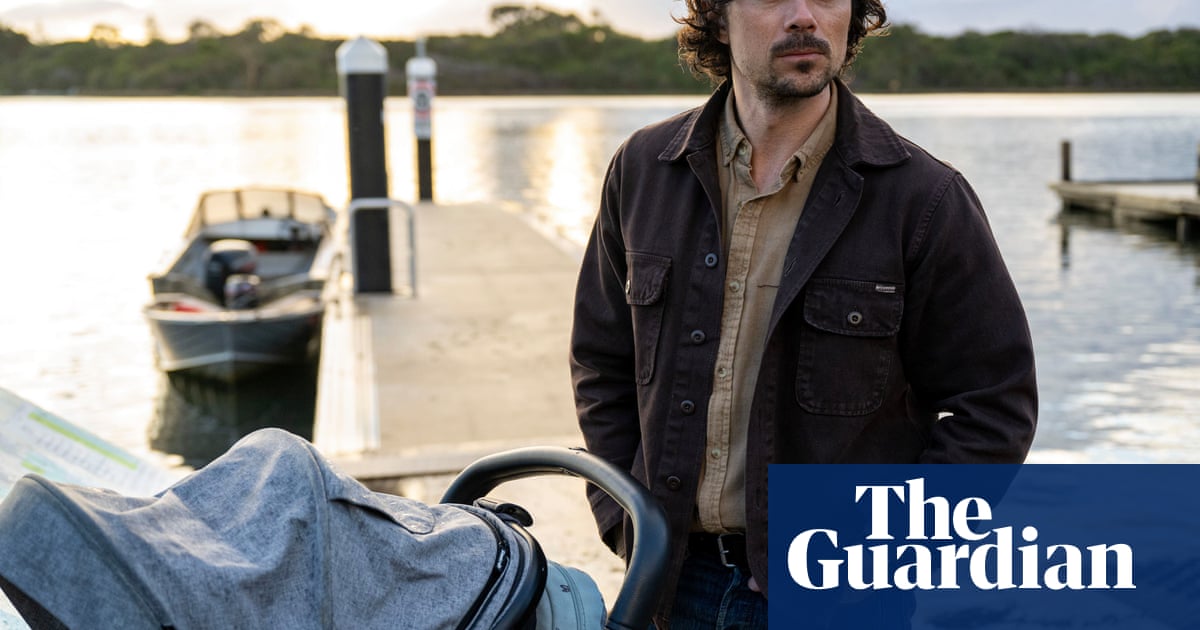Maybe you missed Warwickshire’s one-day cup game against Sussex in the dog days of August. It was a group fixture between two mid-table teams in a competition no one pays a lot of attention to. But despite it all, the match marked a significant little milestone in the modern history of English cricket. Because Sussex gave a debut to a 21-year-old from Hemel Hempstead called Troy Henry, the very first male player to come up into professional cricket through the Ace programme. Henry had turned up for the very first trial Ace held, back when he was a teenage left-arm quick who dreamed of playing pro cricket and needed help to do it.
Five years later, Sussex sent Henry in at No 9, he made 15 off eight balls, then came on fourth change and took one for 34 in four overs of left-arm-spin, because he had been persuaded by Ace’s coaches that if he wanted to get ahead he ought to switch disciplines. Four days later, another Ace graduate, 17-year-old Davina Perrin, smacked 101 off 43 balls for Northern Superchargers in the Hundred eliminator against London Spirit, in one of the stop-and-watch-this moments of the English summer. A month earlier, a third Ace graduate, Amy Wheeler, signed a new one-year contract with the Blaze.
It’s easy to want change, easy to talk or write about why we need it; back in 2020 everyone was doing it. The hard part is actually bringing it about. Henry, Perrin and Wheeler are the first players to emerge from five years of organisation, administration, fundraising and coaching by Ebony Rainford-Brent, Chevy Green and the team at Ace during the quiet in-between.
Now Rainford-Brent is stepping down as chair. She will still be on the board, but feels the organisation needs someone with more expertise in fundraising as it makes its next steps. “When we started it was on a hunch that there was more talent in the black community that we needed to capture in the professional game” she says. “We didn’t expect it to turn into a programme which also serves kids from across different cultures and class backgrounds, we didn’t expect to have 40,000 kids through the programme in five years, didn’t expect 370 kids in our academy across the nation, and we didn’t expect to have three pros come through this year.”
If the Ace programme grew to be bigger than Rainford-Brent expected, it was because the problems in English cricket were worse than she suspected. Five years working in the field has left her with the firm belief that while there are still problems with racial biases in the pathway “the class barrier is the biggest barrier to entry into cricket”. Ace has expanded its scope to meet this need. “We started with a lens of making sure the game wasn’t dying among one community, and we’re still doing that, but what we’ve created is something that is really just about opening up pathways for all the most underrepresented groups.” Ace has spread around the country and now about 20% of its intake comes from white working-class communities, particularly in inner cities.
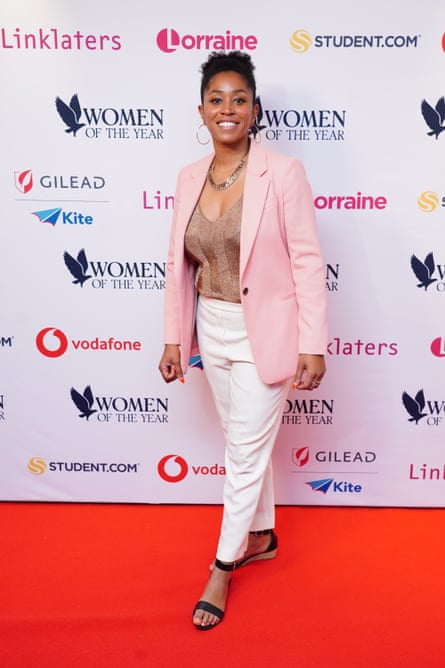
Looking back on what she has learned, Rainford-Brent says she was surprised at “how much support the young people needed”. She imagined Ace would be primarily about improving performance, she is so easy-going, it’s easy to forget that she was a remarkable athlete herself, but the array of challenges facing young players is much broader than she imagined. Take their three professionals. Perrin already had talent but needed personal mentoring, Wheeler’s family needed more structural support, and Henry needed specific coaching to help him make the switch from bowling pace to spin.
She is not done. “Our No 1 goal was to produce 10 professionals by 2030,” and they are well on their way already. “I think the wider target now is about creating that wraparound support, so we are creating employability in the game even for people who don’t make it as professional players.” The two biggest steps she wants English cricket to take are to bring in more means testing so the cost of entry drops for people who are being priced out of playing and changing the structure of the talent ID system so that opportunities are distributed evenly around the country rather than focused on, say, a handful of private schools.
All this has to be done even when the conversation has moved on. The Independent Commission for Equity in Cricket published its exhaustive report on the state of the game in 2023 but it already feels like a document from another time. “You get these peak interest moments and then it can fall off,” says Rainford-Brent. “Our true test is what happens in five years or 10 years’ time and what we did in between these cycles when everyone was paying attention.” It helps that the leadership at the England and Wales Cricket Board has changed for the better, not least because, improbable as it seems to her, Rainford-Brent is a board member herself. “And yes,” she says, “I do wear my hi-tops to the board meetings.”
“What I say is that we’ve gone from being hopeless to hopeful,” she says. “But hopeful doesn’t mean we’ve cracked it.”

.png) 4 hours ago
10
4 hours ago
10

